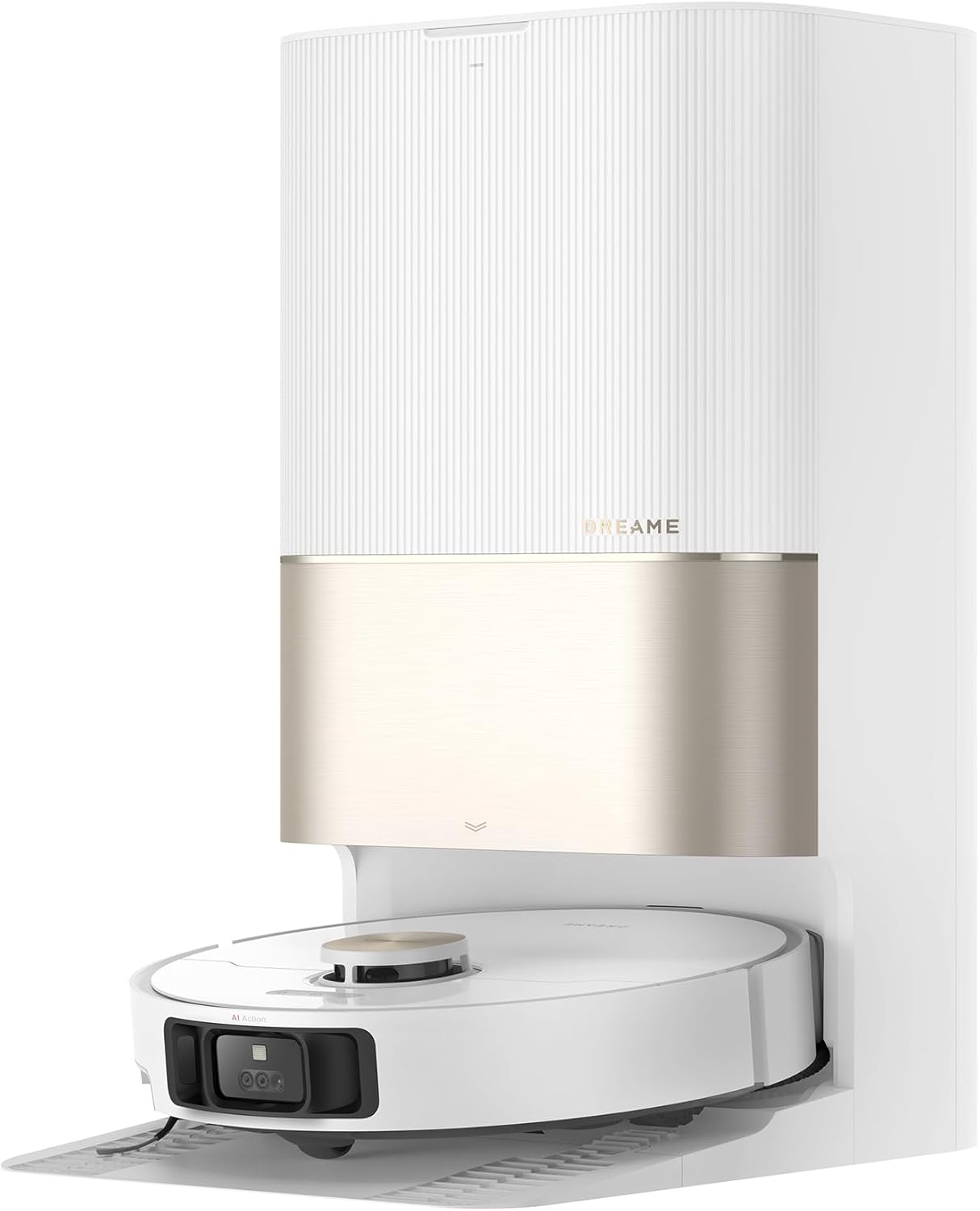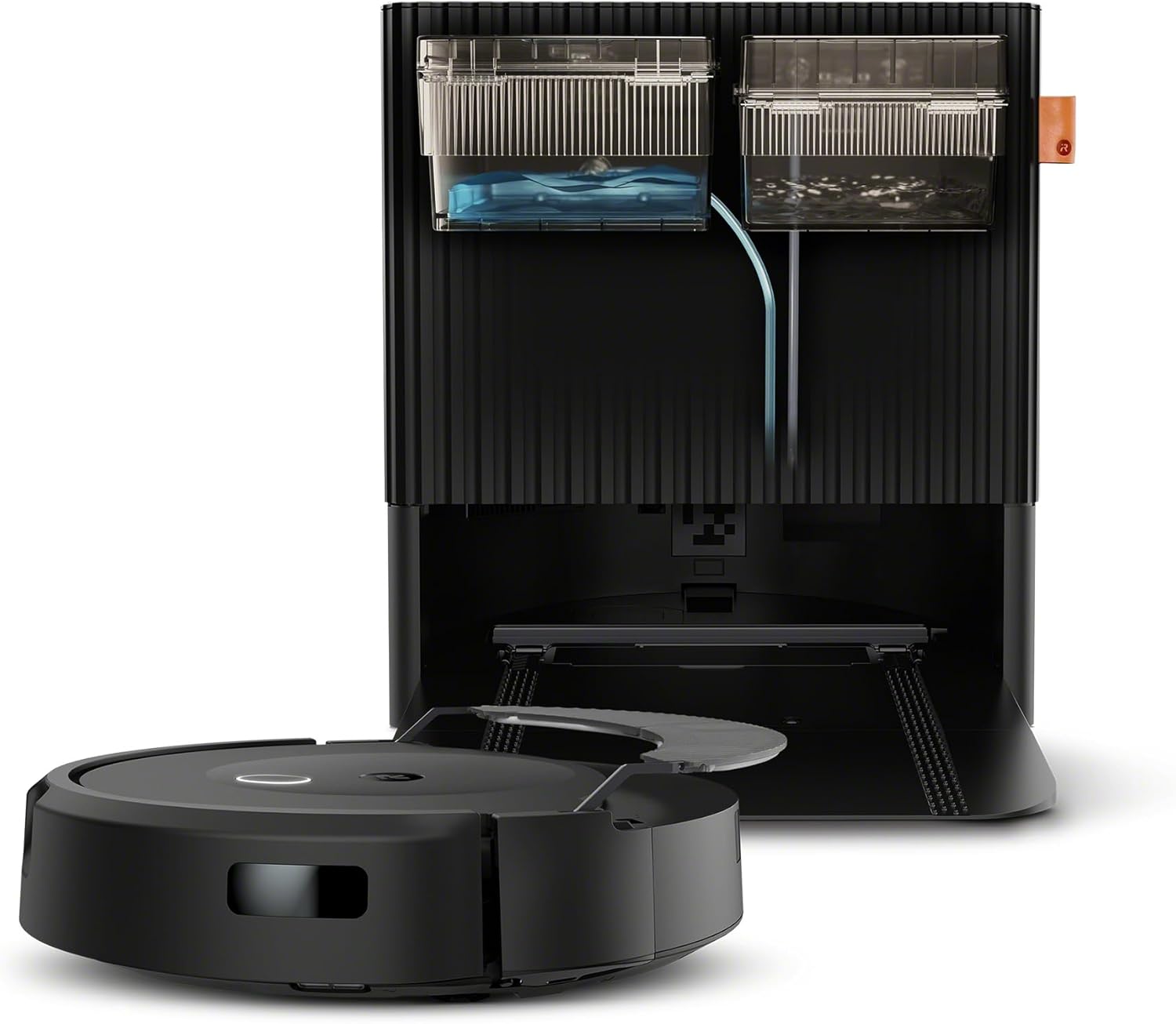You know that moment when you walk into your home, expecting clean floors, but instead you find pet hair clumps, random dust trails, or a sticky mystery spot near the kitchen? That’s when your robot vacuum either feels like your best decision ever—or your biggest letdown. And in 2025, it’s not just about suction anymore. It’s about intelligence, versatility, and how close a robot can get to actually thinking like a person.
That’s exactly why the Dreame X40 Ultra and the Roomba Combo 10 Max+ are two of the most interesting options out there. Both go beyond just vacuuming. Both promise automated mopping, app-controlled everything, and serious obstacle detection. But what happens when you dig under the surface and actually live with these machines?
We’ve tested them, compared them, listened to their quirks, and cleaned up their messes. And what we found? One of them is quietly pushing boundaries. Let’s break it all down.
Advanced navigation: one sees, the other understands
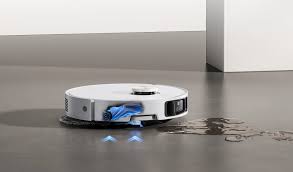
You can’t clean what you can’t see—and that’s where these two robots take totally different paths.
The Dreame X40 Ultra uses a LiDAR system combined with RGB cameras and AI, and no, that’s not just a fancy acronym salad. It means this thing can see in 3D, understand object height, and even identify what it’s looking at—cords, shoes, water bowls. It doesn’t just dodge—it reacts intelligently. Spilled something sticky? It knows to scrub harder. Left your charging cable on the floor? It won’t suck it up and scream.
The Roomba Combo 10 Max+ relies on a single camera with vSLAM, a system that’s been around for years. It navigates decently in normal lighting, but once the lights go down, it starts guessing. And without depth perception or advanced object recognition, it’s more prone to bumping or making awkward detours.
In low light or complex spaces, Dreame’s vision system is lightyears ahead. It doesn’t just clean—it gets context.
Mop maintenance: sanitizing vs air drying
Here’s something people don’t talk about enough: a mop pad that stays wet becomes a mop pad that stinks. And this is where the gap widens.
The Dreame X40 Ultra uses near-boiling water—140°F—to wash the pads, then blasts them with hot air from underneath. That combo destroys bacteria, removes grime, and dries quickly. You open the dock two days later and it still smells… fine. No mildew. No sour mop smell.
Roomba takes a more basic route. It slides the pad out a bit to air dry, which sounds clever but doesn’t fully expose the surface. So while the front dries, the part tucked inside stays damp, and after a few days, you’ll notice. It’s passive vs active cleaning—and passive doesn’t cut it.
If hygiene matters, especially in homes with pets or allergies, Dreame wins this round without breaking a sweat.
Detergent handling: automatic vs old-school mixing
This is one of those subtle things you don’t notice until you do.
Dreame stores the detergent in its own sealed tank and mixes it with water only during mopping. That means you control how much is used, and the solution stays potent because it’s not pre-diluted.
With Roomba, you manually mix your cleaning solution into the water tank. No measuring help, no automation. If you overdo it, your floors get sticky. If you underdo it, nothing gets cleaned. It works, but it’s a chore.
And let’s be real—this stuff should be automatic by now. Dreame gets that. Roomba doesn’t.
Tank design: vertical wins the ergonomic game
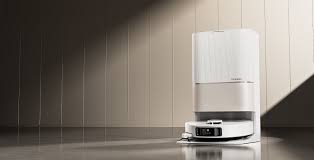
Here’s a practical one. Dreame’s clean and dirty water tanks are vertically stacked, tall and narrow. You pull them with one hand, and because gravity helps, you spill less when filling or emptying.
Roomba’s tanks lie flat, horizontally, and they require two hands to maneuver, especially when they’re full. It’s minor, sure—but after a week of daily emptying, you’ll notice which one’s easier.
This isn’t about looks—it’s about everyday convenience. And Dreame makes it feel like less of a chore.
Mop pad design: separation vs elevation
Now for the carpet dilemma.
Dreame’s pads don’t just lift—they detach. Automatically. If the bot detects carpet, it literally parks the mops at the dock and goes back to vacuum without them. That’s genius. Zero moisture contact.
Roomba lifts its mop pads up and onto the top of the robot. Better than dragging it, but still not foolproof. During tight turns or navigation slip-ups, that wet pad can still graze a carpet edge.
So if your home is part hardwood, part rug, Dreame has the only real “dry means dry” system.
Brush and underbody: modular vs old-school
Flip them over and you’ll see two very different layouts.
Roomba sticks with its proven dual rubber roller setup, and to its credit, it’s rugged and handles hair well. But the latch on the dustbin can sometimes stick, and alignment issues aren’t rare.
Dreame uses a more modular design, with easy-to-swap mop pads, extendable components, and magnetic locks that make cleaning and maintenance smoother. The whole thing feels more engineered, like a premium tool rather than just a household appliance.
Less hassle, less fiddling. More cleaning.
Extendable brushes: reach matters
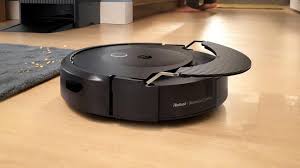
Ever notice how robot vacuums always miss that last inch near the baseboard?
Dreame noticed too—and built an extendable side brush. It physically stretches out beyond the chassis, reaching corners, crevices, and under cabinets. Same goes for its mop pads, which shift laterally to hit hard-to-reach spots.
Roomba? Fixed brush. It gets close, but not close enough in narrow hallways or tight kitchen layouts.
When you see the dirt it picks up from those edges, Dreame’s extra reach feels like cheating.
Suction power: a silent dominance
Let’s talk raw numbers.
Dreame X40 Ultra offers a massive 12,000 Pa of suction. That’s literally stronger than some full-sized stick vacuums. Crumbs, sand, pet hair—it doesn’t just pick it up, it removes it from existence.
Roomba doesn’t publish suction specs, but based on tests, it’s roughly equal to the Roomba j9+, which is strong enough for daily cleaning but noticeably less aggressive. On carpets, you’ll see the difference. Dreame pulls deeper.
It’s not a fair fight—but it’s not supposed to be. One’s a beast. One’s a cleaner.
App control: customization vs simplicity
Roomba’s app is great if you like it clean and minimal. Simple zones, basic scheduling, a few customization options. It works—and it’s easy to use.
But Dreame’s app is basically a mission control panel. You get object-level map editing, zone-specific cleaning intensity, real-time path tracking, and even diagnostics. You can schedule mopping for just the kitchen at 1pm with heavy detergent, then vacuum the bedrooms dry at 5.
If you want more control, Dreame gives you the keys. Roomba keeps you in the passenger seat.
Obstacle handling: recognition vs avoidance
Again, the AI makes the difference.
Dreame knows what it’s looking at. If it sees a sock, it doesn’t guess—it labels it and avoids it. Same with pet bowls, cables, random toys. It’s like cleaning with a toddler who suddenly got a PhD in spatial awareness.
Roomba sees something and avoids it, most of the time. But it can’t tell what it is. No classification, no decision-making.
So yes, they both avoid obstacles—but only one does it intelligently.
Drying noise: not all fans are equal
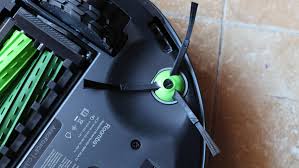
If you’re working from home or just enjoy peace and quiet, this matters.
Dreame’s hot-air drying system is quieter, more insulated, and sounds more like a whispering fan.
Roomba’s is loud. Not unbearably so, but it hums, buzzes, and fills a room more noticeably. You’ll hear it from another floor.
Small thing, big impact if you’re noise-sensitive.
App integration: flexibility wins
Both apps do the basics: no-go zones, smart schedules, firmware updates. But beyond that?
Dreame offers cleaning sequences, variable mop pressures per room, and more advanced automation options.
Roomba keeps it light. Friendly, but less flexible.
If you want to set it and forget it, either one works. But if you want to tinker and optimize, Dreame’s your playground.
Conclusion: Dreame X40 Ultra doesn’t just clean—it outthinks
The Roomba Combo 10 Max+ is familiar, reliable, and thoughtfully designed. If you want something that works without much fiddling, it’ll serve you well. But when you stack it next to the Dreame X40 Ultra, it starts to feel like a robot from the last generation.
Dreame doesn’t just win on power or looks—it wins on depth. On awareness. On detail. Whether it’s dropping mop pads at the dock, sanitizing them with hot water, or squeezing itself into corners with an extending brush, it’s clear this thing was designed to do more—and do it smarter.
Roomba is a vacuum that mops. Dreame is an automated cleaning system with a brain. And that brain? It’s changing the game.
If you’re ready for your robot to stop cleaning like a machine and start behaving like a helper, the X40 Ultra is the one to trust.

